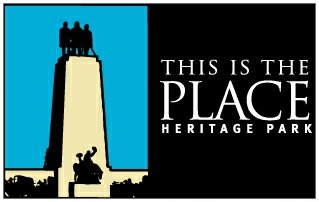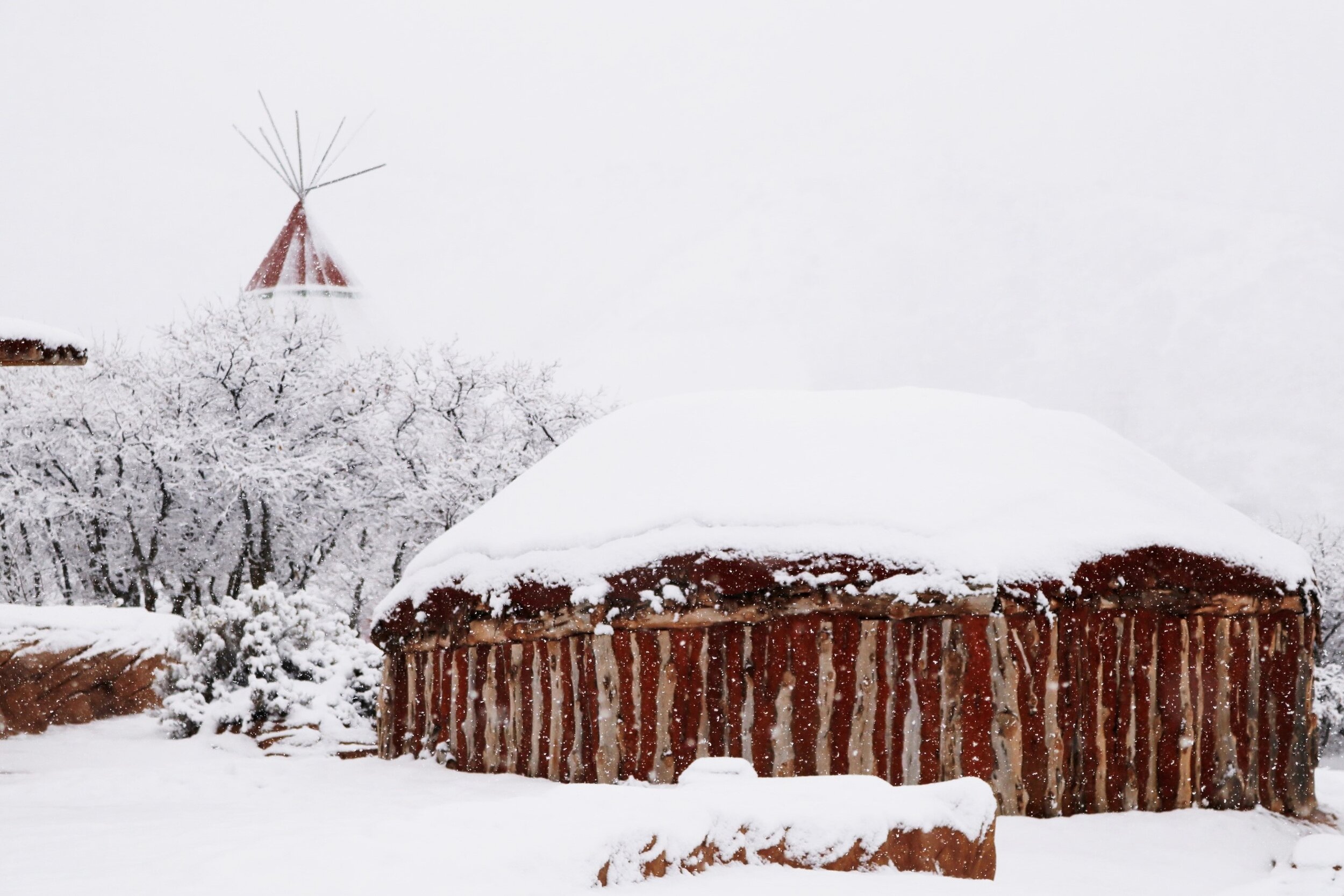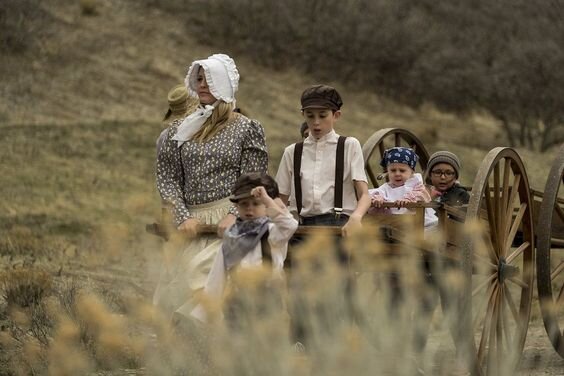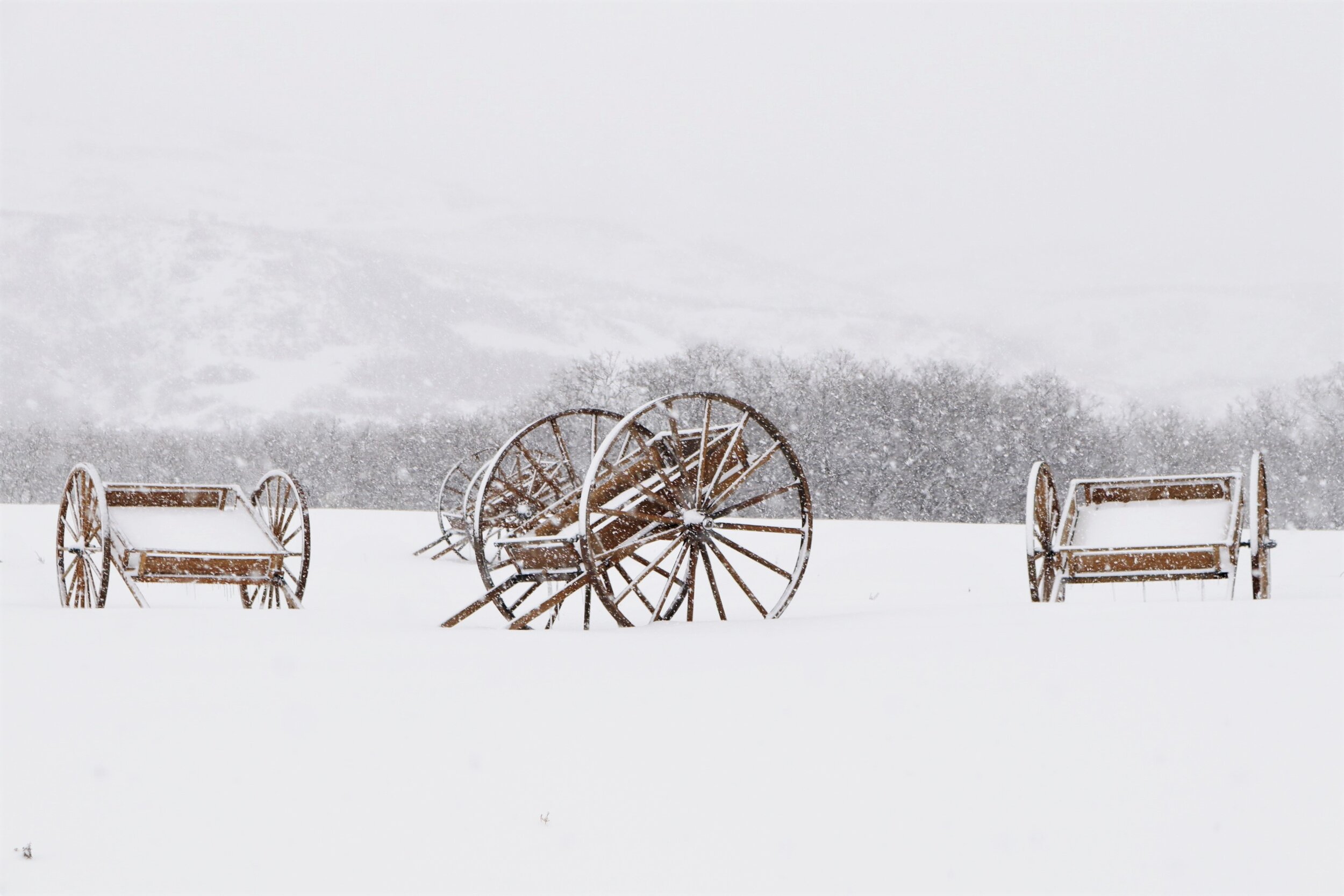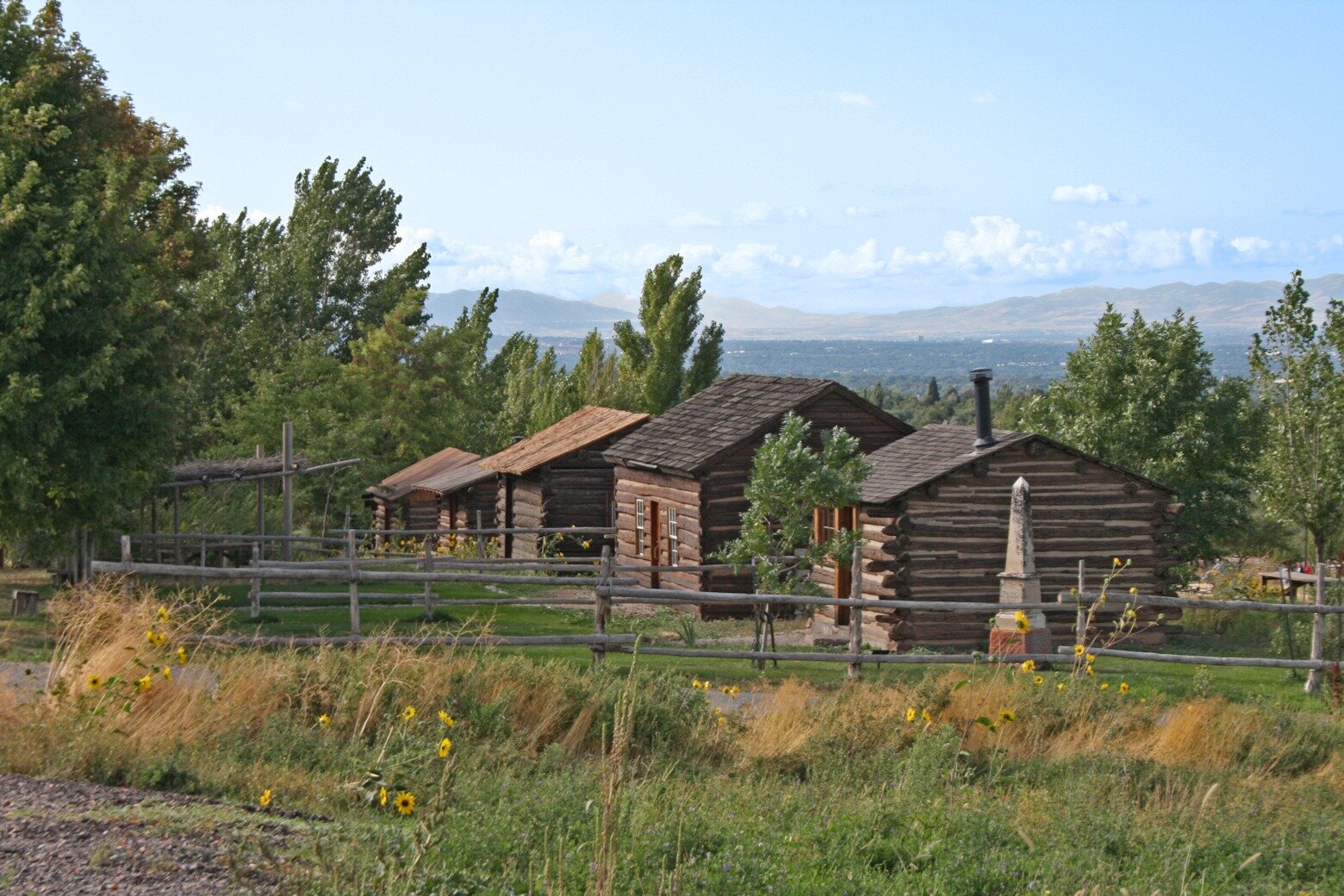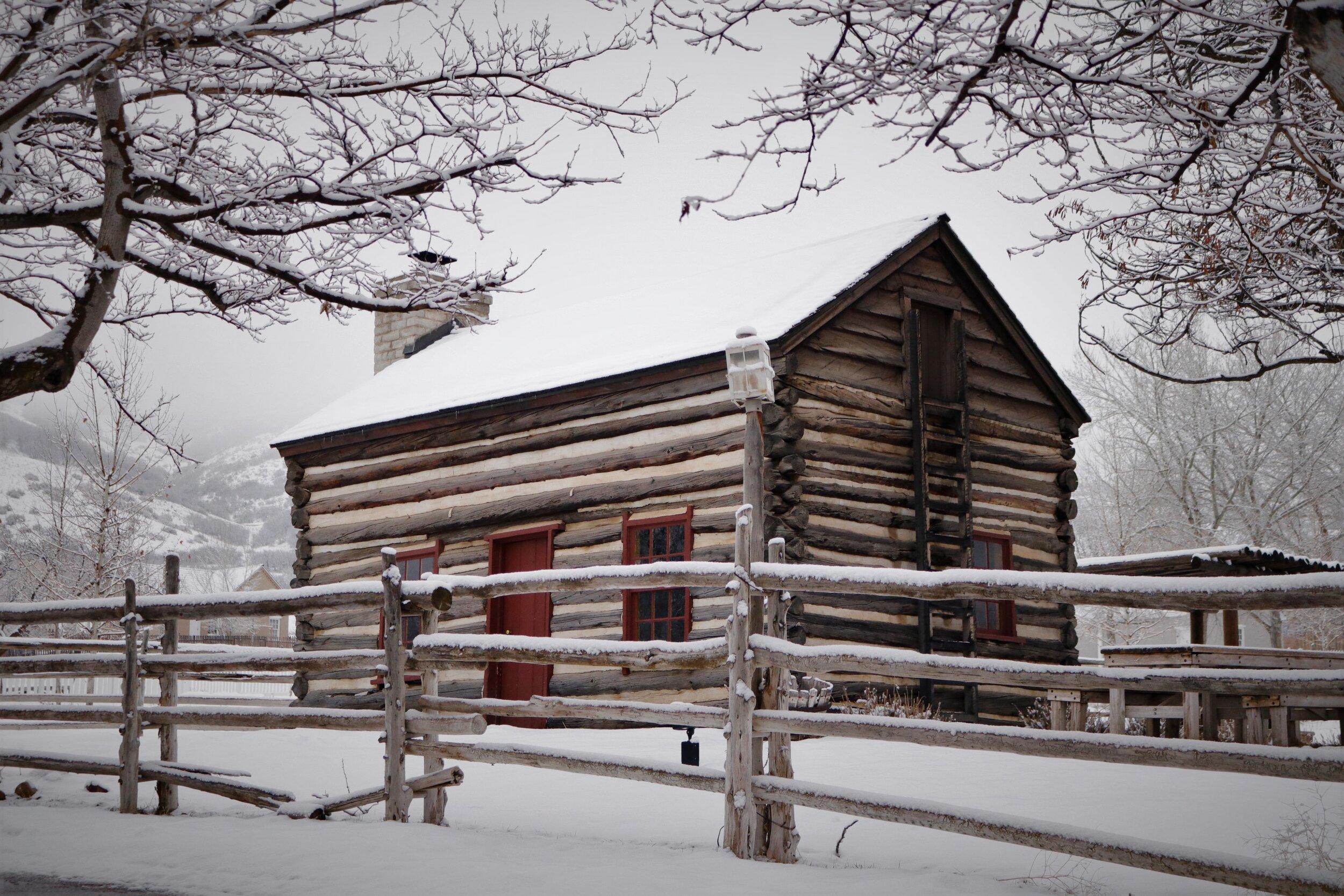Utah History
Click on a question to see the answer.
Native American history
Where did Utah get its name?
Before Europeans or the Pioneers arrived in Utah, the land was inhabited by various Native American tribes. One of the largest tribes was the Ute people, from which Utah gets its name. The Ute lived in temporary homes called tepees and hunted buffalo for food.
What native tribes first inhabited utah?
Native American tribes that inhabited Utah included the Paiute in the south, the Goshute in the west, the Shoshone in the north, and the Navajo in the southeast.
Where do utah's modern Native American tribes reside?
These groups are now headquartered on reservations in Utah, Colorado, Nevada, and Idaho, although prior to the coming of non-Indian settlers, they had no boundaries or land ownership. Bands might range all across the Great Basin, Rocky Mountain region, or Colorado Plateau. Today, tribe members value their cultural heritage, and tribes work to keep their unique culture alive, despite the loss of their cultural land.
Settling utah
When did explorers arrive in utah?
The first Europeans didn't arrive in Utah until the 1700s when Spanish explorer Juan Antonio de Rivera visited in 1765. He claimed the land for Spain and found the Colorado River. In 1776, another expedition entered Utah from Mexico. It was led by Franciscan priests looking for a way to California.They were mostly fur trappers looking for new hunting grounds. These men included Jim Bridger who found the Great Salt Lake and Jedediah Smith who discovered a pass through the Rocky Mountains. One of the most influential explorers was American John C. Fremont. Fremont made detailed maps and notes of the territory which was of great help to future settlers. .
When did the pioneers arrive in Utah?
On July 24, 1847, the pioneers arrived in the valley of the Great Salt Lake. From the back of his wagon, Brigham Young, who was ill with mountain fever, looked out at the vast desert below and declared, "This is the right place, drive on."
Who settled the salt lake valley?
In 1847, a group of 148 Mormon pioneers traveled to Utah led by Brigham Young. They settled in the Salt Lake Valley and named their settlement the Great Salt Lake City. The next year, 1,650 more Mormons arrived. Soon the area grew rapidly with new settlements forming such as Ogden, Provo, and Farmington. The Church of Jesus Christ of Latter-day Saints named their land the state of Deseret and by 1850 there were over 11,000 Mormons living in the area.
modernizing utah
When did utah become a state?
In 1848, the United States gained control of Utah from Mexico as a result of the Mexican-American War. The Church of Jesus Christ of Latter-day Saints wanted to join the United States as the state of Deseret, but instead the land became the Utah Territory. Over the next several years, disagreements between the U.S. government and LDS Church leaders kept Utah from becoming a state. It wasn't until January 4, 1896 that Utah was admitted as the 45th state.
Was utah the first state where women could vote?
Yes! Women's suffrage (the right to vote) in Utah was first granted in 1870, in the pre-federal period, decades before statehood. Among all U.S. states, only Wyoming granted suffrage to women earlier than Utah. But because Utah held two elections before Wyoming, Utah women were the first women to cast ballots in the United States after the start of the suffrage movement. However, in 1887 the Edmunds–Tucker Act was passed by Congress, disallowing the enfranchisement of the women residents within Utah Territory, taking away their right to vote.
What is the state bird and why?
In the summer of 1848, flocks of seagulls came to Mormon pioneers’ rescue by gorging themselves on the crickets that were destroying their newly planted crops. To honor the “miracle,” the Church of Jesus Christ of Latter-day Saints dedicated the Seagull Monument, located on Temple Square, in 1913. In 1955, the California Seagull was designated the state bird.
when did the railroad come to utah, and what is the golden spike?
On May 10, 1869, the first transcontinental railroad was completed when the Union and Central Pacific Railroads joined rails at Promontory Summit in Utah Territory. A tie made of California laurelwood bearing a silver plaque with the railroad’s completion date and four precious metal spikes were presented during the Golden Spike Ceremony; however, an ordinary tie and iron spikes were used to unite the rail lines. You can see the Golden Spike at the Cantor Arts Center at Stanford University. Reenactments of the Golden Spike Ceremony can be seen at Golden Spike National Historic Park near Brigham City, Utah.
